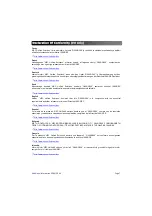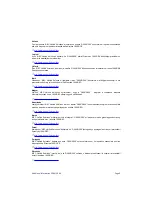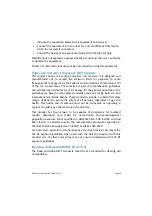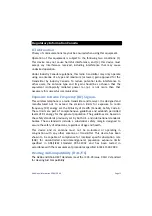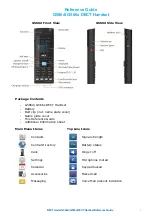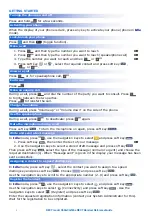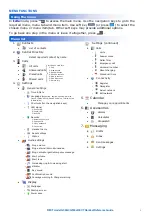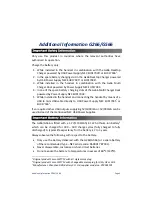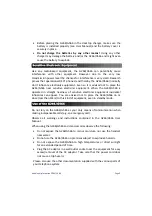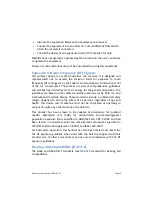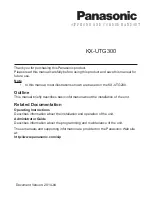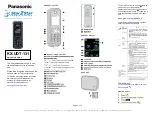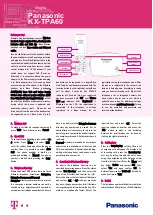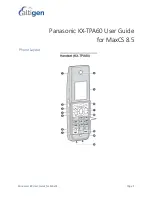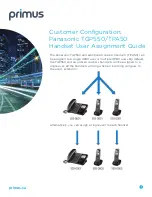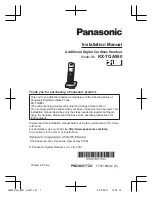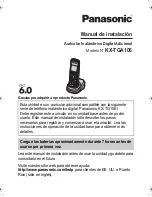
Additional Information G266/G566
Page 10
x
Increase the separation between the equipment and receiver.
x
Connect the equipment into an outlet on a circuit different from that to
which the receiver is connected.
x
Consult the dealer or an experienced radio/TV technician for help.
Modifications not expressly approved by NEC could void the user's authority
to operate the equipment.
Privacy of communications may not be ensured when using this equipment.
Exposure to Radio Frequency (RF) Signals
This wireless phone is a radio transmitter and receiver. It is designed and
manufactured not to exceed the emission limits for exposure to radio
frequency (RF) energy set by the Federal Communications Commission (FCC)
of the U.S. Government. These limits are part of comprehensive guidelines
and establish permitted levels of RF energy for the general population. The
guidelines are based on the safety standards previously set by both U.S. and
international standards bodies. These standards include a substantial safety
margin designed to assure the safety of all persons, regardless of age and
health. This device and its antenna must not be co-located or operating in
conjunction with any other antenna or transmitter.
This product has been shown to be capable of compliance for localized
specific absorption rate (SAR) for uncontrolled environment/general
population exposure limits specified in ANSI/IEEE Std. C95.1-1992 and had
been tested in accordance with the measurement procedures specified in
FCC/OET Bulletin 65 Supplement C (2001) and IEEE 1528-
ϮϬϬϯ͟
For body worn operation, this handset has also been tested and meets the
FCC RF exposure guideline when used with the belt clip supplied with this
product. Use of other accessories may not ensure compliance with FCC RF
exposure guidelines.
Hearing Aid Compatibility (HAC/VC)
The G266 and G566 DECT Handsets meet the FCC standard for Hearing Aid
Compatibility.

